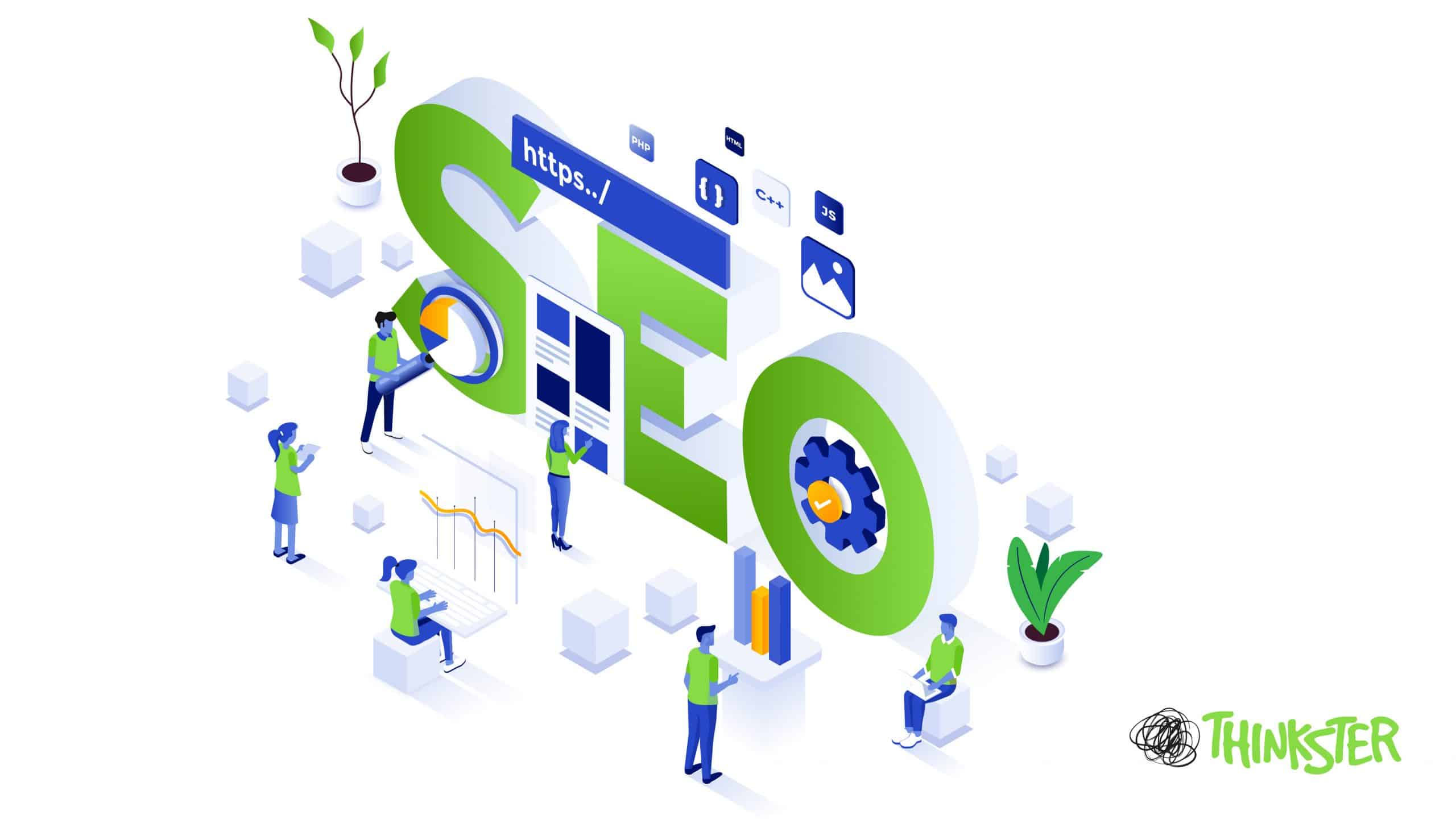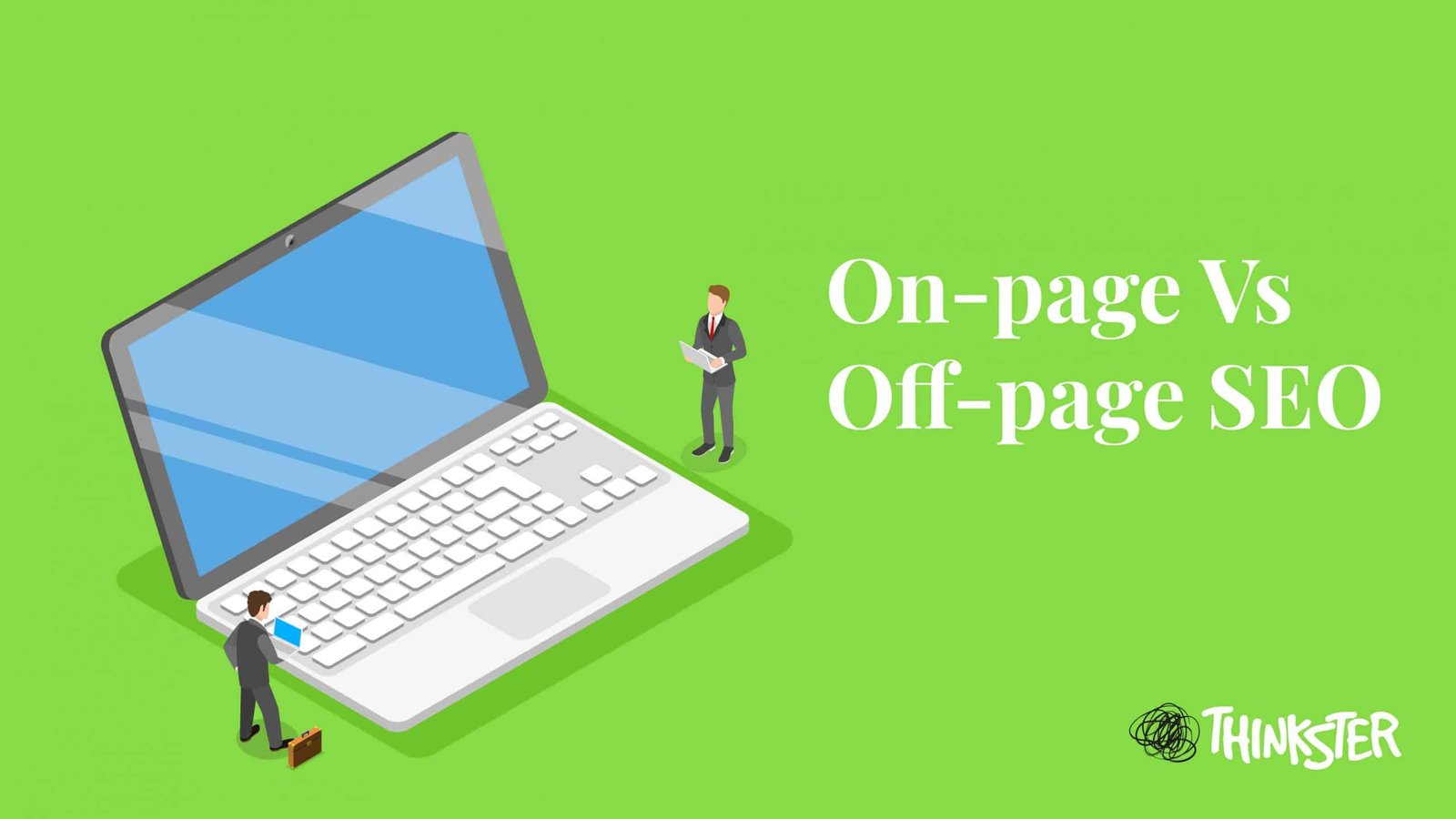On-page SEO is an important step in the overall process of search engine optimization. Digital marketing in this internet driven generation has proven to be a boon for businesses of all scales. In the recent years, almost every other company has taken their best shot in this highly competitive world of digital marketing, but only a few have stood tall.
Brands often miss out on basic yet powerful tools with which they can step up their game and take their online visibility to a whole new level.
Search engine optimization or SEO is a term everyone’s heard of and though it comes off as a complex concept, it indeed is a powerful On-Page tool.
Merely creating a website is not enough, it requires necessary optimizations and smart tweaks for search engines to identify and rank a site. One must know how to strategically utilize this concept to help their brand boost visibility and engage much larger audience. In order to improve visibility and possibly engage more audience, SEO promotes the website to higher rank on search engine results page (SERPS).
A crucial part of this SEO is or On-Site SEO optimization which predictably revolves around the process of optimizing various aspects of a website like its content, keywords, links, and tags to engage as much web traffic as possible. In this blog you will get the Ultimate Guide to On-Page SEO in 2023 with Checklist .
What is On-Page SEO?

As the name suggests, On-Page SEO activities cover all the elements that a user may employ and control within their website. It is an SEO tool that includes all the front and back-end techniques or strategies that are bound only to one’s website. So ultimately, On-Page optimization is altogether in your hands, starting from your website’s content, tags, to internal links etc. A well-crafted On-Page SEO assists the search engines to understand the website, recognize its content and determine its relevancy to a user’s search. It certainly has the ultimate power to direct the audience towards your website.
Here’s a Complete Checklist of On-Page SEO:

- Page Titles:
Website page titles is one of the most important factors of On-Page SEO. It’s one of those areas where it is crucial to focus on the details. Title tag optimization allows both the user and search engines to see the main subject matter of your webpage. A good page title informs the search engines and the searchers of what your webpage has to offer. To ensure high ranking, make sure to incorporate the primary keywords in your title naturally. Additionally, keeping the title under 60 characters or less will ensure its proper visibility in search results without being cut-off.
- Page Content:
Content of a page is the heart of a website. As a first step, page content must be of high quality and unique with a combination of relevant keywords and topics. It would be helpful to consider the search intent of potential visitors before finalizing a structure. It is better to always incorporate the keywords naturally, in a way it captures the audience’s attention and answers their search query. Also aim to create a neat layout for content that is easy to read and navigate. Feel free to review or edit your page content when and as needed.
- Page URLs:
Page URL should be kept lean for the benefit of both readers and search engines. Experts believe, incorporating keywords could be a smart ranking factor and a fine SEO practice in general. Your URL must be incorporated with concise and accurate phrases relevant to the page content. To achieve an SEO friendly URL, a consistent site hierarchy must also be maintained to reinforce the understanding of the page contents.
- Image Optimizations:
It’s basically just SEO for images. Adding unique, high-quality images or graphics to your webpages can be more interesting and engaging to visitors. Giving apt image text informs the search engines about your images. Image optimization serves a great purpose as search engines now deliver image-based results nearly as they do text-based results. An accurate image alt-text can bring new visitors to your page, so ensure making it specific and SEO-friendly.
- Meta Descriptions:
Meta descriptions may not be considered as an SEO website ranking factor but it’s still an important element of SEO strategy. They are the short description that appear under the title in search results which may influence the audience to whether or not click on your page. It holds the responsibility to inform and potentially interest visitors by displaying a short, relevant summary of your page. It basically gives the audience a glimpse of your page’s content. Thus, be sure use compelling sentences with proper keywords and grammatically correct phrases.
- Headers:
Headers or body tags are simply HTML elements. To put into perspective, the HTML from <H1> to <H6> act as tools to guide the user through your web content. They organize a page’s content for the audience as well as the search engines to distinguish the relevant part of the content based on the searcher’s query. To understand the hierarchy of headers, H1 tag is rendered most important for the SEO. Thus, use H1 header to indicate the page topic, H2 header identify as subheading and H3-H6 headers may serve as subheadings to split subtopics.
- Linking:
It is important to remember that one of the best ways your website can establish expertise and trustworthiness is through endorsing links from other reputable websites. Internal linking is a process of hyperlinking other relevant and useful sites to your website. This is significant for on-page SEO as internal links directs the readers to other pages through your website, which simply keeps them around longer. This increases your site’s value from search engine’s perspective and can potentially boost ranking. There are three types of links:
Internal Linking- These direct the user to another page on your website.
Outbound/External Linking – These will take the user to a site on different domain.
Inbound Linking/Backlinks- these are links that lead users from another website to yours.
- Site Speed:
Site speed or page speed should be prioritized. When a page loads slowly or haphazardly the visitors may not spend any time on the webpage and that will adversely affect your website’s reputation. A slow website will do more than just driving away users, it will damage the website’s ranking and overall integrity. Typically search engines track users’ time as it a key factor for determining the site’s performance and credibility. Search engines like Google will rank faster sites higher than slow-loading ones.
Google’s PageSpeed Insights is the best known tool to check your site speed.
- Mobile Responsiveness:
Mobile responsiveness matters more than ever now that Google started prioritizing sites that are optimized for better and faster mobile search speed, even for desktop searches. It’s critical for you to choose a suitable website optimization strategy for site design, theme and content layout for your website that’s decently navigable on mobile phones.
Checklist revision:
- Start off with an organized site architecture, that is easy to navigate, uses simple URLs, category pages and internal linking etc.
- Conduct an SEO audit, implement plans to achieve & impact your website’s performance in search.
- Design URLs, page titles and meta descriptions to meet the needs of users.
- Ensure proper usage of keywords in URLs, title tags & throughout your page content without stuffing.
- Never forget that “Content is king”.
- Keep your target audience in mind.
- Review or edit your content when & as needed.
- Add & optimize your visual content.
- Incorporate internal & external linking.
Is there an Off-Page SEO?

Yes, there is. While the On-Page SEO deals with all the aspects of your website, Off-Page SEO focuses on promoting your website across the web but with the similar purpose. Off-Page SEO works around the web. It is all about building trust and popularizing your website by attaching few beneficial links that bring forth equity to the website. It majorly depends on the linked site’s popularity and relevancy among other things. A few examples of Off-Page SEO would be brand mentions, influencer outreach, social networking etc where simply references may lead to a potential engagement with prospects.
On-Page vs Off-Page SEO. Which is better?

Though On-Page and Off-Page SEO are practically different, they are equally important for a strong SEO strategy. Most effective SEO is achieved when both these concepts are practiced indefinitely, as one analyses the website and the other promotes it. On-Page SEO covers all the on-site techniques like providing good content, proper keyword selection, giving appropriate title and much more to meet your website’s goals while Off-Page SEO includes link building, increasing popularity etc. Both of these strategies work together in a complementary manner to meet the search engine optimization (SEO) goals for website. But it is pertinent to mention that a well-crafted SEO must start off by focusing on On-Page SEO initially, before Off-Page SEO.





